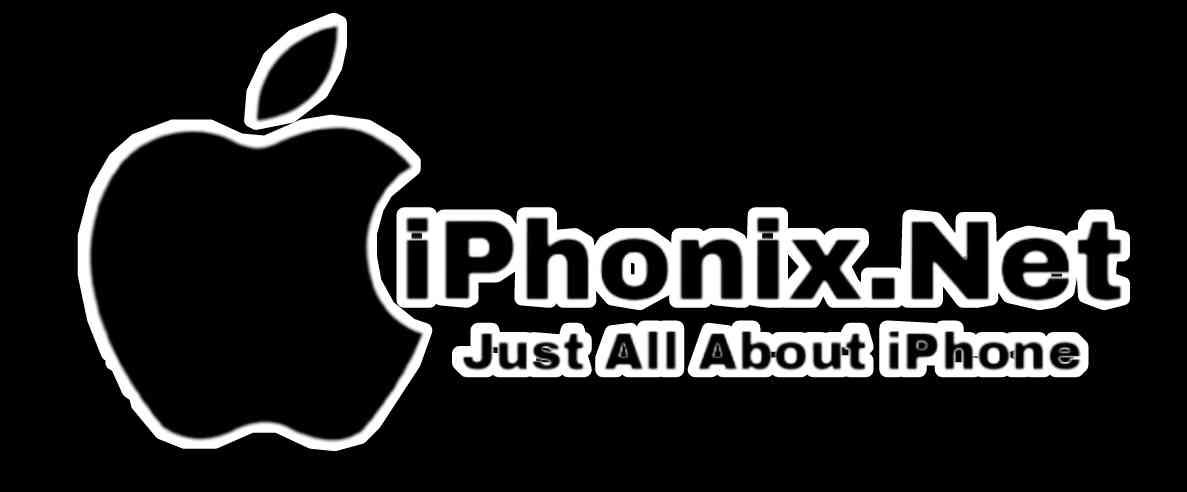Hello friends, today again we welcome you to our new article, friends, today in this article you are going to know Why I Trust Apple Apps Over Others for Daily Tasks, and Why My Most-Used iPhone Apps Are All Made by Apple, we are going to provide you all the information about this, so friends get ready
Apple’s ecosystem is a game-changer, syncing effortlessly across my iPhone, Mac, and Apple Watch. Unlike those pricey alternatives, Apple Notes is my go-to for jotting things down—it’s got all the features I need without making my wallet cry. Apple Maps is my trusty navigator, ensuring I never get lost unless I want to explore some scenic detours. Apple Mail helps me keep my inbox in check, allowing me to spend the right amount of time on emails.
I haven’t felt the urge to switch from Safari; it gets the job done without any fuss. And let’s not forget Shortcuts—the app that feels like magic, letting me automate tasks in ways no other app can. Outside of essentials like my banking app, YouTube, and gym app, I mostly stick to these default iOS apps on my iPhone. Here’s a peek into my digital life and why it’s a smooth ride!
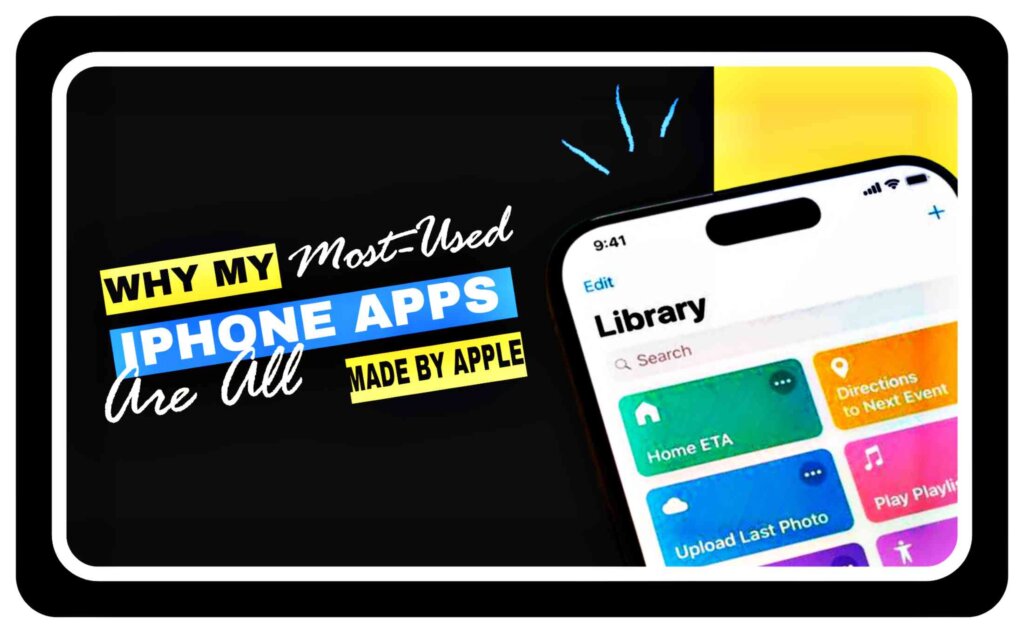
Read More
- Which is the Top 7 Best Time Tracking Apps for iPhone in 2024?
- Which is the Top 7 Best iPhone Apps for Downloading Music 2024
- Which are the 11 Best Apps to Scan Documents on Your iPhone in 2024
How does everything work on my iPhone?
The main reason Apple’s apps work so well for me is that I use an iPhone (with an Apple Watch) and a Mac. Apple has crafted an ecosystem where everything clicks together seamlessly—almost like they’re meant to be. If you’re mixing devices from different brands, though, it can feel like trying to fit a square peg into a round hole.
iCloud is the unsung hero here, keeping my data synced across Apple’s apps. Despite the occasional hiccup with syncing my Photos library, it generally does what it says on the tin.
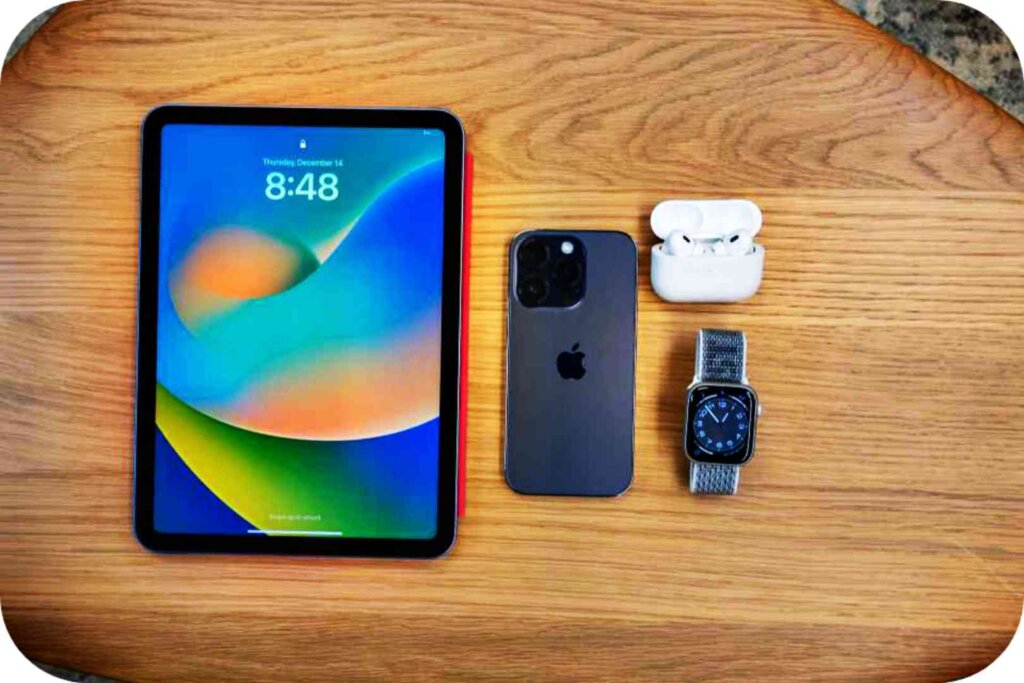
The silver lining? If you’re all-in on Apple, you’ve got a suite of apps that’s as dependable as a Swiss watch for managing your personal and work life. They’re technically free, though you might argue you’ve already paid for them when you invested in your iPhone or Mac.
The catch? If you’re juggling a Mac with Android or a Windows PC with an iPhone, your experience might not be as smooth. Sure, you can use iCloud for Windows, but it’s not exactly a seamless experience. It’s a bit like trying to fit a square peg in a round hole.
How to have everything I need in Apple Notes
After wrestling with a slew of note-taking apps over the years, I’ve finally found my digital soulmate in Apple Notes. I remember when Apple Notes was just a humble place to jot down plain text on my iPhone, but oh, how it has evolved!
In the early days, I was an Evernote enthusiast. But as Evernote’s free options became more restrictive and its performance took a nosedive, I decided it was time for a change. That’s when I leaped Apple Notes, especially after Apple’s impressive redesign a few years back. And guess what? I haven’t looked back since.

Apple Notes has turned into a powerhouse of note-taking features that give even the priciest apps a run for their money. From collaborating on notes to maintaining detailed change logs, tagging for better organization, and the ability to link notes together, it’s got everything you need. Sure, a native Windows client might be a dream for some, but for Apple users, this app is practically perfect.
It’s so good that it’s become my digital life organizer. My iPhone and Mac are practically glued to it—Apple Notes is always within reach, making it the app I turn to most often. Even though I’ve played around with other apps like Bear and enjoyed them, Apple Notes always wins me over with its unbeatable value.
So if you’re still hunting for the ultimate note-taking app, look no further. Apple Notes isn’t just a note-taker; it’s your new best friend.
Why Simple Reminders Work Better Than Complex Ones
Without Apple Reminders, my life would probably spiral into delightful chaos. All I need are a few basic features: set a reminder, categorize it, and get a ping on one of my devices when the time comes. It’s like having a personal assistant who only works when you need them—and who never forgets your coffee order.
Now, Apple Reminders does come with a bunch of extra bells and whistles that I barely touch (hey, it’s not a crime to ignore the fancy stuff, right?). What makes me appreciate this app is its ability to do more than just remind me about stuff. I can slap on a small note, add a URL, or even toss in an image. This is a game-changer when I need to remember quirky ideas for future articles.
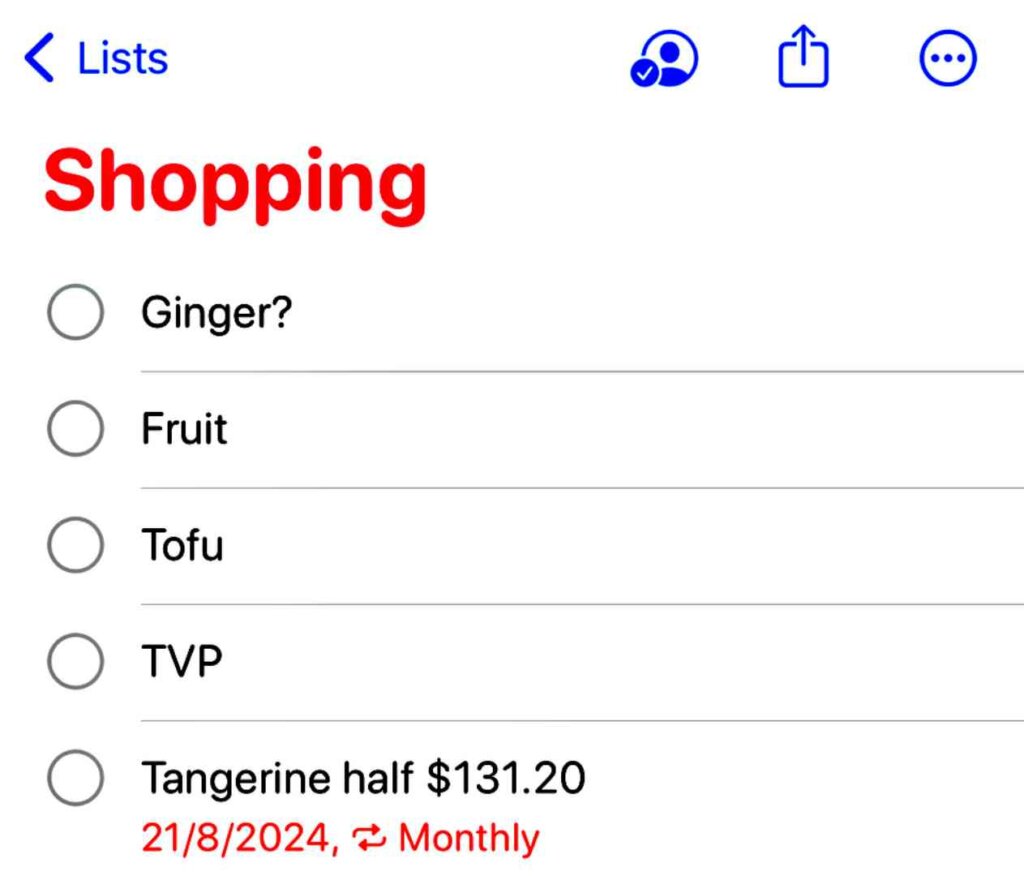
And let’s talk about repeating reminders—Apple’s got it nailed. You can set reminders to repeat every few weeks or on specific calendar dates, like the 28th of each month. It’s like having your very own scheduling genie, minus the wish limitations.
In my Apple-centric home, Reminders isn’t just a personal assistant; it’s the family’s go-to for a shared shopping list and tracking DIY projects and activities. If you’re the kind of person who needs a reminder for everything from grocery runs to the occasional “Don’t forget to call Mom,” Apple Reminders has got your back with smart lists and tags. It’s ideal for anyone who needs a little extra help keeping their to-do list from taking over their life.
Why Apple Mail is Perfect for Email Newbies
Let’s talk about email apps for a moment. I’m not one of those “inbox zero” enthusiasts. If you saw the unread count on my older email accounts, you’d probably have a mini panic attack. With the rise of work tools like Slack, my need to check work emails has dwindled, so I don’t need a complex email app to manage my inbox.
Apple Mail is my go-to for a glance, finding a message, and firing off a response when needed. It’s kept its straightforward design over the years, only updating the UI and adding useful features like follow-ups, scheduled sending, and an undo send option.
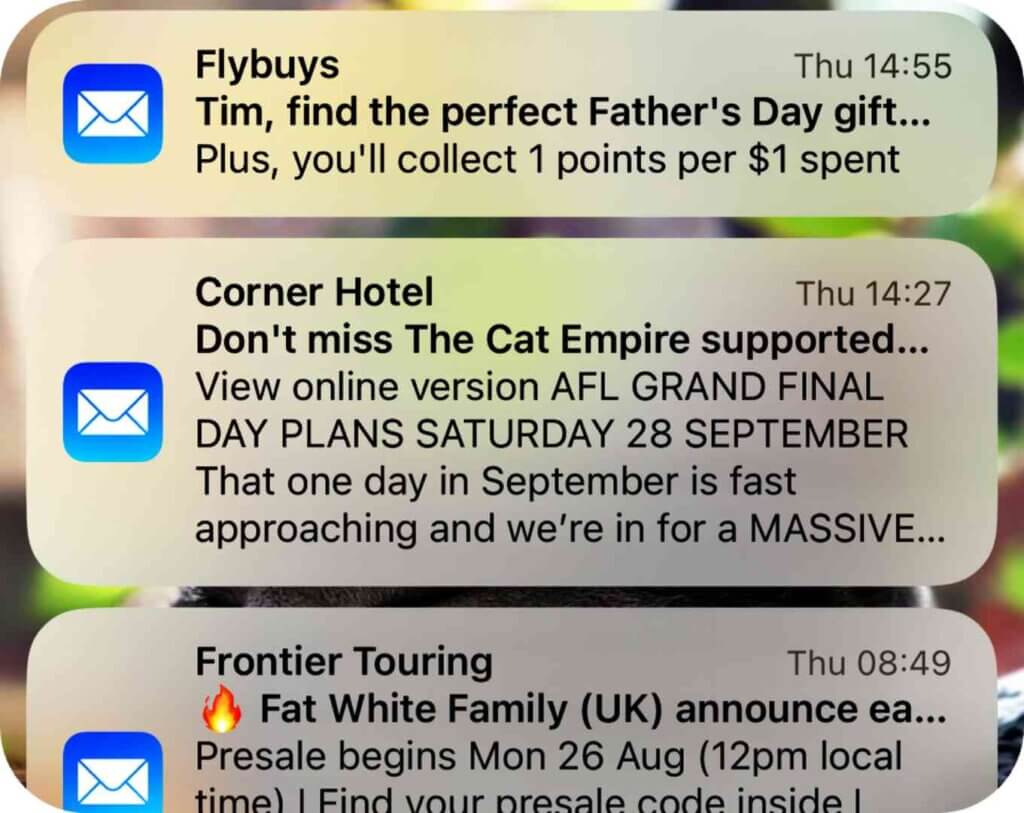
When I’m diving into “serious email” mode—yes, it does happen occasionally—I’m at my Mac, and guess what? I stick with Apple Mail there too.
But hey, if you’re someone who lives and breathes email, there are plenty of other options out there. Outlook has its Focused Inbox, Gmail brings its signature style, and Twobird turns emails into a to-do list. There’s no shortage of choices if you’re looking to elevate your email game!
Apple Maps vs. Google Maps: Which One’s Better for You?
Choosing between Apple Maps and Google Maps can depend a lot on where you live and how you like to get around. For me, Apple Maps is the MVP of navigation. It’s come a long way since its rocky launch in 2012. Now, it works seamlessly with Siri to offer handy suggestions about where you’re likely headed—perfect for those daily commutes when you’re barely awake.
Living in Brisbane, Australia, I’ve found that Apple Maps outshines Google Maps in some key areas. For instance, Apple Maps has surprisingly better Street View imagery here. It also provides accurate train and ferry departure info, which is something Google Maps does too but doesn’t always get right. While it might not have a business directory as robust as Google’s, I don’t use my maps app for discovering new spots.
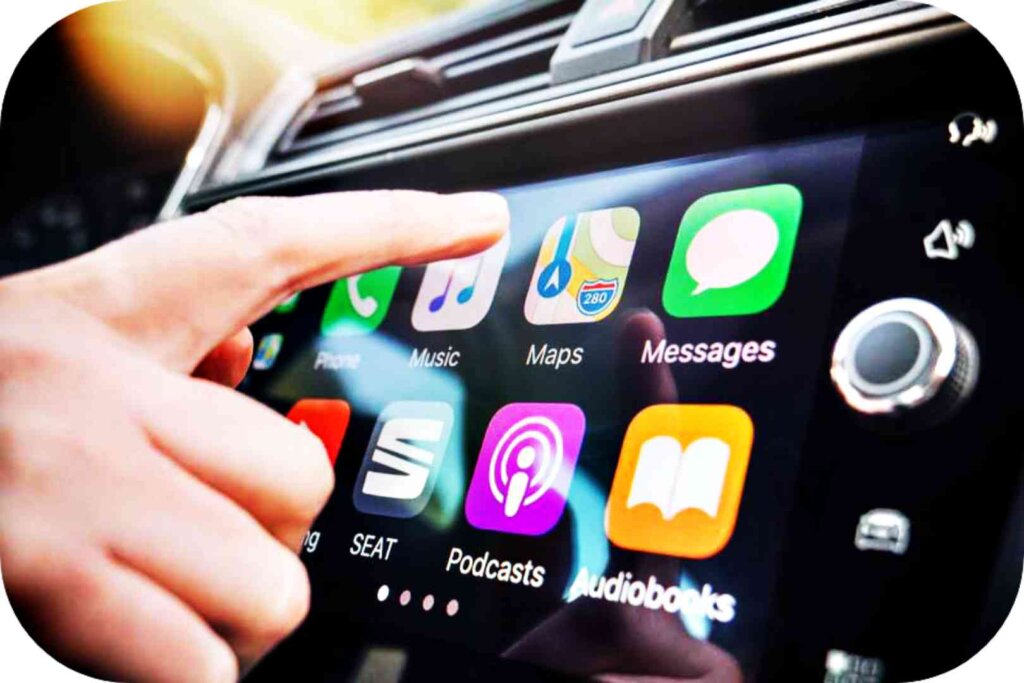
Another cool feature is the hazard and speed trap warnings, which have yet to let me down. Plus, I can set it to avoid toll roads, so I’m not shelling out extra cash unnecessarily. The only reason I keep Google Maps on my phone is for its cycling directions, as it has a solid directory of bikes and shared paths. But honestly, I usually know my cycling routes by heart.
In the end, whether you prefer Apple Maps or Google Maps comes down to your personal needs and location. For me, Apple Maps is the go-to, while Google Maps plays a backup role for bike rides.
Why Safari’s Features Keep Me from Switching Browsers
I’m not one for deep-diving into research on my iPhone, and let’s face it, mobile browsers aren’t exactly built for marathon studying. Safari works just fine for quick checks while I’m lounging on the couch or for those random moments when curiosity strikes while I’m out and about. I like using DuckDuckGo for searches—mostly because it respects my privacy. If the results are a bit lackluster, I can always use them! g bang to switch to Google and get back on track. While Safari does offer some nifty extensions, I’ve found that going “naked” with just Safari suits me better. I guess I’m a minimalist at heart, or maybe just lazy—either way, it works!
Why Shortcuts Might Be the Best Feature on Your iPhone
Shortcuts is an app that’s practically my digital assistant, even though I rarely open it directly. Thanks to its nifty widgets on my iPhone’s home screen, it works its magic behind the scenes. For instance, I’ve set up shortcuts that let me track my weight without diving into the Health app, combine multiple PDFs into one seamless document, swiftly turn off my Apple TV when I’m drifting off to sleep, and convert units like Kcal to Kjoule in a snap.
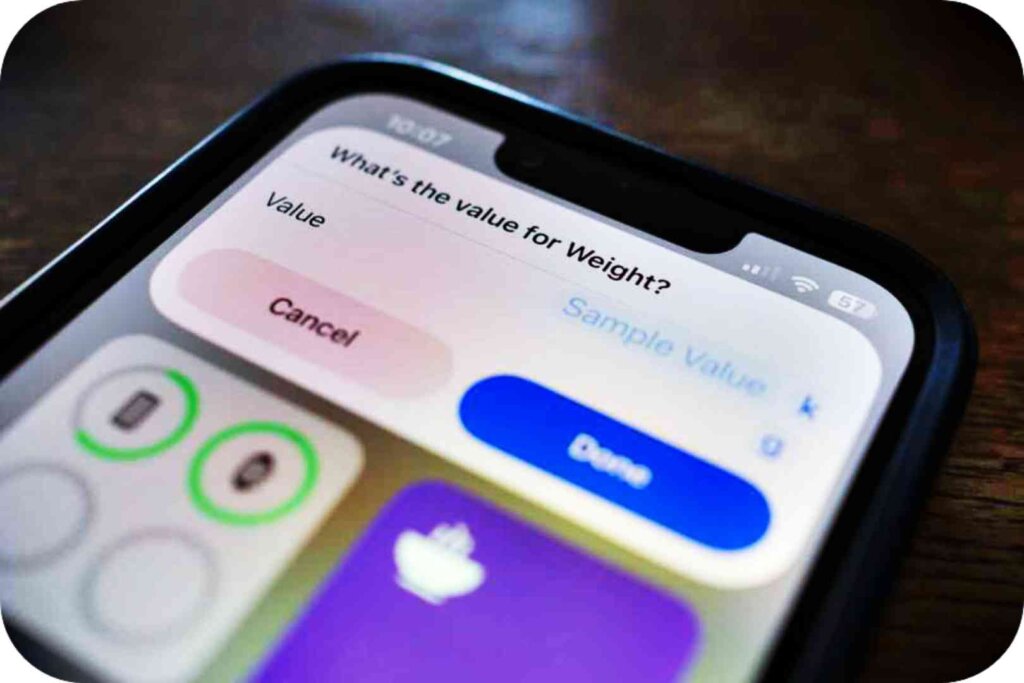
I also use it to automate everyday tasks. One automation alerts me when my iPhone hits 80% charge, a little nudge to unplug it and avoid battery wear. Another sends me a reminder when the sun sets. Admittedly, I can’t quite recall why I set up the sunset reminder, but it’s turned out to be surprisingly handy. It helps me keep track of daylight hours and ensures I don’t leave my laundry outside overnight.
In essence, Shortcuts make life smoother and a bit more fun, turning mundane tasks into simple taps and swipes. If you’re not using it yet, you might want to give it a whirl—it’s like having a personal assistant who doesn’t need a coffee break!
Why Apple Music is the Best Choice for Your Music Needs
Apple Music isn’t without its flaws, but it’s my ultimate workout buddy at the gym. The Mac version could use some TLC, but the iPhone app gets the job done and plays nice in the car too. The calendar keeps me on track with appointments, even if I’m only giving it half my attention. Messages handle nearly all my texting needs—thanks to Apple’s rules, I can’t use other messaging apps for iMessage and SMS.
Pairing Apple Health with an Apple Watch is like hitting the jackpot in Apple’s ecosystem. While I don’t obsess over my workout stats, having them at my fingertips is a nice touch.
This is how I stay organized using Apple’s “freebie” apps, but hey, not everyone follows this script. Some folks have even turned to Freeform to handle these tasks!
Conclusion
So friends, how did you like our article today, so friends now let’s talk about the conclusion, my most used iPhone apps are made by Apple, and the reasons for this are clear. These apps provide seamless integration, reliable performance, and user-friendly experiences that make my daily life better. From photos to notes, each app is designed to work perfectly with my iPhone. When you explore your device, consider sticking to Apple’s offerings to maximize your productivity and enjoyment. Learn what changes Apple apps can make to your routine. So friends, we hope you liked our article today and got to learn something new, definitely share it with your friends, have a good day, and thank you.
FAQ
Q1: What makes Apple apps more trustworthy than other apps?
- Apple apps are developed with a strong emphasis on privacy, security, and user experience. Apple controls the entire ecosystem, ensuring that apps meet high standards for quality and protection against malware.
Q2: Are Apple apps more secure than third-party apps?
- Yes, Apple apps typically have enhanced security measures in place. Apple’s App Store has strict guidelines for app developers, which helps minimize the risk of malicious software.
Q3: How does Apple prioritize user privacy in its apps?
- Apple is committed to user privacy and incorporates features like on-device processing, data minimization, and transparency about data collection. They provide users with control over their data and how it is used.
Q4: Do Apple apps offer better integration with other Apple services and devices?
- Absolutely. Apple apps are designed to work seamlessly across its ecosystem, including iPhones, iPads, Macs, and Apple Watches, allowing for a more cohesive user experience.
Q5: Are Apple apps regularly updated for performance and security?
- Yes, Apple consistently updates its apps to improve functionality, fix bugs, and enhance security. Users benefit from automatic updates that keep their apps current without manual intervention.
Q6: What about the user experience and design of Apple apps?
- Apple apps are known for their intuitive design and user-friendly interfaces. The focus on aesthetics and usability makes them easier to navigate and more enjoyable to use.
Q7: Can I rely on Apple apps for important tasks?
- Yes, many users rely on Apple apps for important tasks such as managing schedules, tracking finances, and maintaining health records, thanks to their reliability and robust features.
Q8: How do Apple apps handle data synchronization?
- Apple apps utilize iCloud to synchronize data across devices effortlessly. This means that any changes made on one device are reflected on all other devices automatically.
Q9: Are Apple apps free from ads and unwanted distractions?
- Many Apple apps, especially those that come pre-installed, are ad-free and designed to provide a focused user experience without distractions from advertisements.
Q10: What should I do if I encounter issues with an Apple app?
- If you experience any issues, you can access Apple Support for assistance. They offer troubleshooting guides, community forums, and direct customer support to help resolve any problems.

